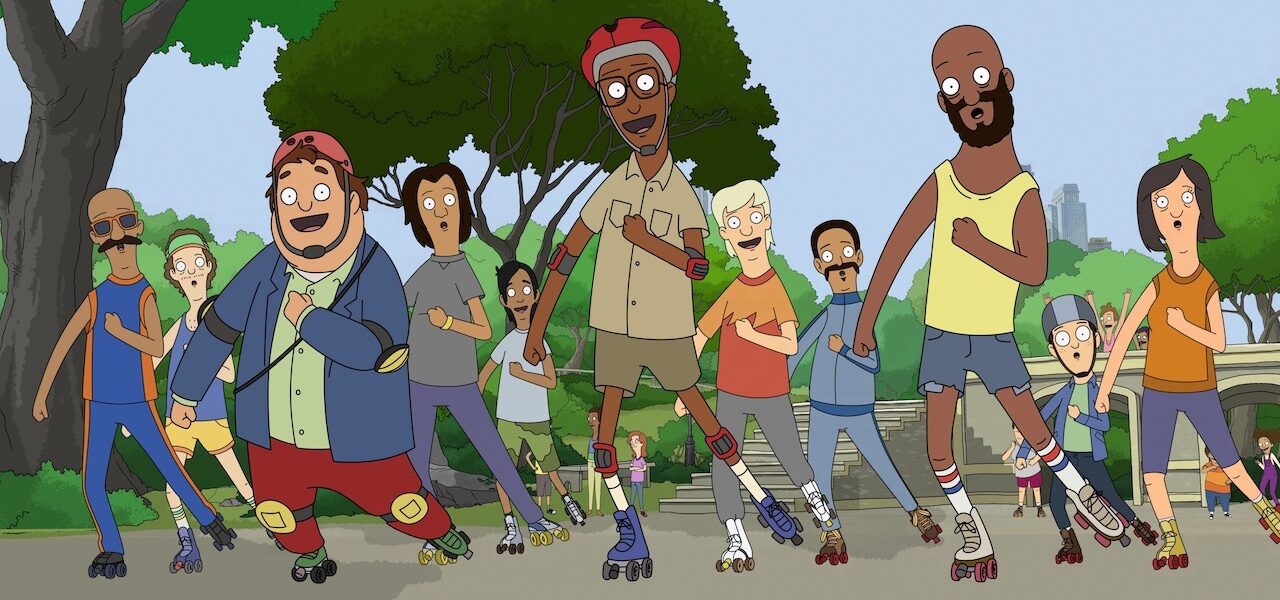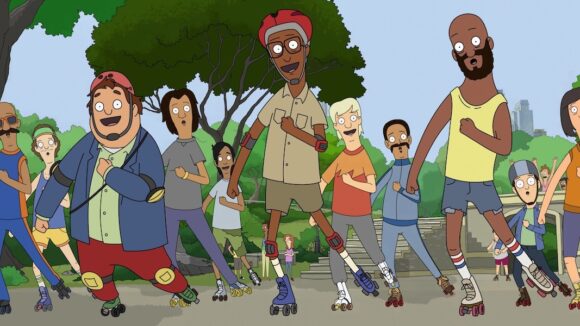

Animation Guild/AMPTP Negotiations To Resume Feb 14: These Are The Demands Of Color Designers, Story Artists, And Timing Directors
As The Animation Guild (TAG) prepares to return to the bargaining table, members have renewed their campaign for a “New Deal 4 Animation,” setting out their demands online.
The union will sit down with the Alliance of Motion Picture and Television Producers (AMPTP), which represents employers, on February 14. The aim: to agree on a new master agreement to replace the one that expired last July.
The talks will pick up where they broke off on December 3, having lasted a week without reaching a conclusion. They had originally been due to start in June, but were delayed as parent union IATSE’s own negotiations with the AMPTP ran on.
Writers have been at the forefront of the campaign for better terms. They have reiterated their demand to be paid as much as live-action writers in a new video, in which many prominent creators and showrunners endorse the campaign:
In our new video campaign, dozens of animation workers and allies speak out for a #NewDeal4Animation.
Thank you so much to @adamconover @OweeeeenDennis @Fyre_flye @nithyavraman @philiplord @Steve_Nguyen @RaphaelBW @DanaTerrace @MaraWilson and many more for showing their support! pic.twitter.com/fWzu3Biq8o— Animation Guild Writers (@TAGwriters) February 7, 2022
But TAG has made it clear that it wants to improve terms for all of the 6,000-plus* animation workers it represents, and TAG members from other crafts are making their voices heard. For instance, a petition has been launched to convey the demands of color designers, story artists, and timing directors, as well as writers.
The specific issues vary between the roles, though all ultimately want more pay. Color designers point out a disparity between their wages and those of their design colleagues:
While Character/Prop Design, Background Layout, and Background Paint are all classified together under the “Animation” section of the Animation Guild contract, and share the exact same pay scale minimums, Color Design is the sole exception, being relegated to the archaic “Ink and Paint” section with a 14.4% lower minimum rate, an unfortunate remnant of gender pay bias from the early days of animation.
Why do Color Designers have a Journey rate that is valued nearly $300 less per week when compared to all other design crafts in our CBA? Perhaps history holds the answer… (⅓) pic.twitter.com/5nWRRCB7S5
— Color Designer Committee IATSE Local 839 (@colordesign839) July 20, 2021
Story artists, for their part, argue that their role has undergone big changes that have yet to be reflected in pay rises:
Storyboard Artists continue to absorb additional duties like writing, timing, model design, work in 3d software, and sound design. In turn, Storyboard Artists struggle to keep up with production schedules. Furthermore, Storyboard Artists who write on board-driven shows are not compensated in proportion to their labor, even though they are essentially, at best, performing two jobs, most of the time without additional time in the schedule. Despite all this, Storyboard Artist pay has not changed since the craft’s inception, and the time allotted for Storyboard Artists to complete this work has nearly halved.
Timing directors also say their work has become more complex, and that the way their pay is calculated is now outdated:
[M]any timing directors currently paid by freelance unit (or “footage”) rates end up badly underpaid for how long today’s complex shows take to do. We may work 60 hours to be paid for a normal week, and lose health coverage because of hours we actually work not being calculated according to freelance formulas. . . Please stand in solidarity with us to eliminate unit-rate pay, so we can keep our medical insurance and be paid for the time we work.
Workers have highlighted other concerns, such as with the terms covering streaming productions, which for historical reasons are less favorable to them. The exact items on TAG’s agenda are under wraps, as is common during union negotiations.
But in essence, members want the new contract to reflect a changed world: one in which the cost of living has increased, streaming platforms are pre-eminent, animation is central to their strategies, and many production roles have changed considerably as the medium and industry evolve.
* TAG has just over 6,000 new, active, or reinstated members working for union studios. Per its constitution and bylaws, however, new members who have not paid off their initiation fees yet are not full members and cannot vote for ratification. The number of full members is closer to 4,600.
Image at top: “Central Park,” whose second season was released on Apple TV+ in 2021

.png)
